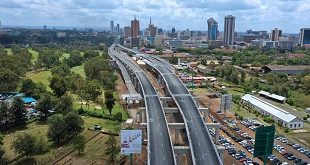
Going forward, Ggoobi advised that there is need for government to do more work if it is to achieve meaningful economic transformation.
“As a late industrialiser, the state will have to invest directly in strategic industries such as iron and steel, petroleum, agro-value chains, and export oriented manufacturers,” he said.
He also said that government needs to capitalise Uganda Development Corporation (UDC) as a measure of reviving state investment in industry, harness technology, innovation, productivity and linkages.
Julius Kiiza, a senior lecturer of political economy at Makerere University, said there is a disconnection between “our potential power and the reality.”
He said for industrial policy to achieve results, Uganda’s increasing population should be empowered to take part in its implementation.
“The problem of Africa is not high population but the quality of the population,” he said. He said the agriculture sector, which employs majority of Ugandans (given Shs800bn in FY2017/18 budget), is a basis of development but not a means to development.
“The means to development is value addition, industrial transformation alongside high-tech services. “…and we are not hearing that conversation,” he said.
Kiiza added that for industrial transformation to happen there is need for certain infrastructure such as roads with a lifespan of over 50 years instead of the current 15-20 years.
Quick facts from the FES report
- Since colonial time, industrialization has been earmarked as crucial for Uganda’s future prosperity
- Structure of Uganda’s industrial sector is widespread – mining and quarrying (25%), construction (23%), electricity (22%), water (19%) and manufacturing (11%)
- Prior to 1980s, Uganda’s industrial policy performed well with a positive trade balance of Shs150bn in 1962
- Since 1980s, the country has experienced trade deficits from Shs 298 billion to Shs 8.6trillion in 2014 and US$1.2bn (Shs4.4 trillion) in 2017
 The Independent Uganda: You get the Truth we Pay the Price
The Independent Uganda: You get the Truth we Pay the Price





